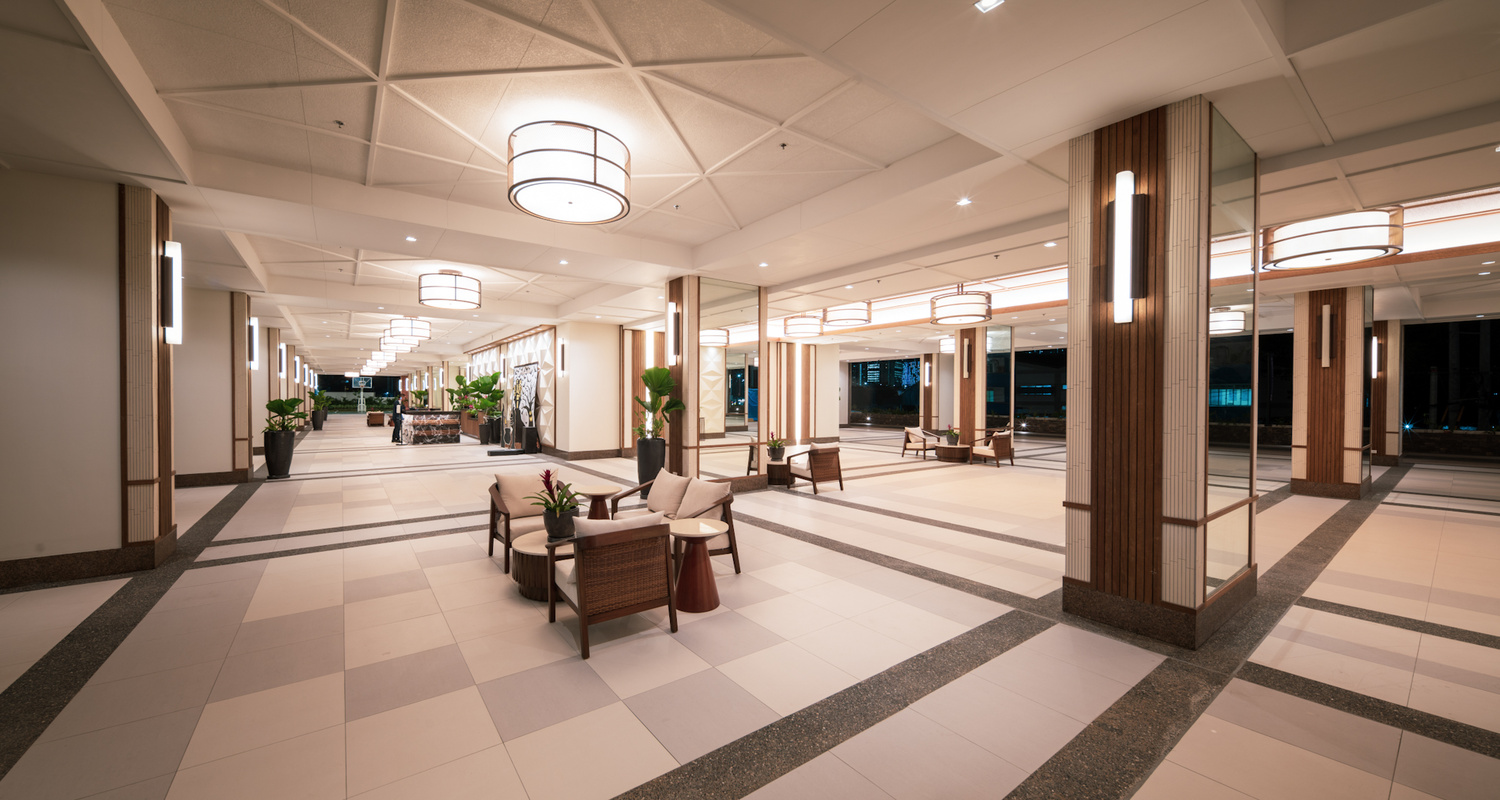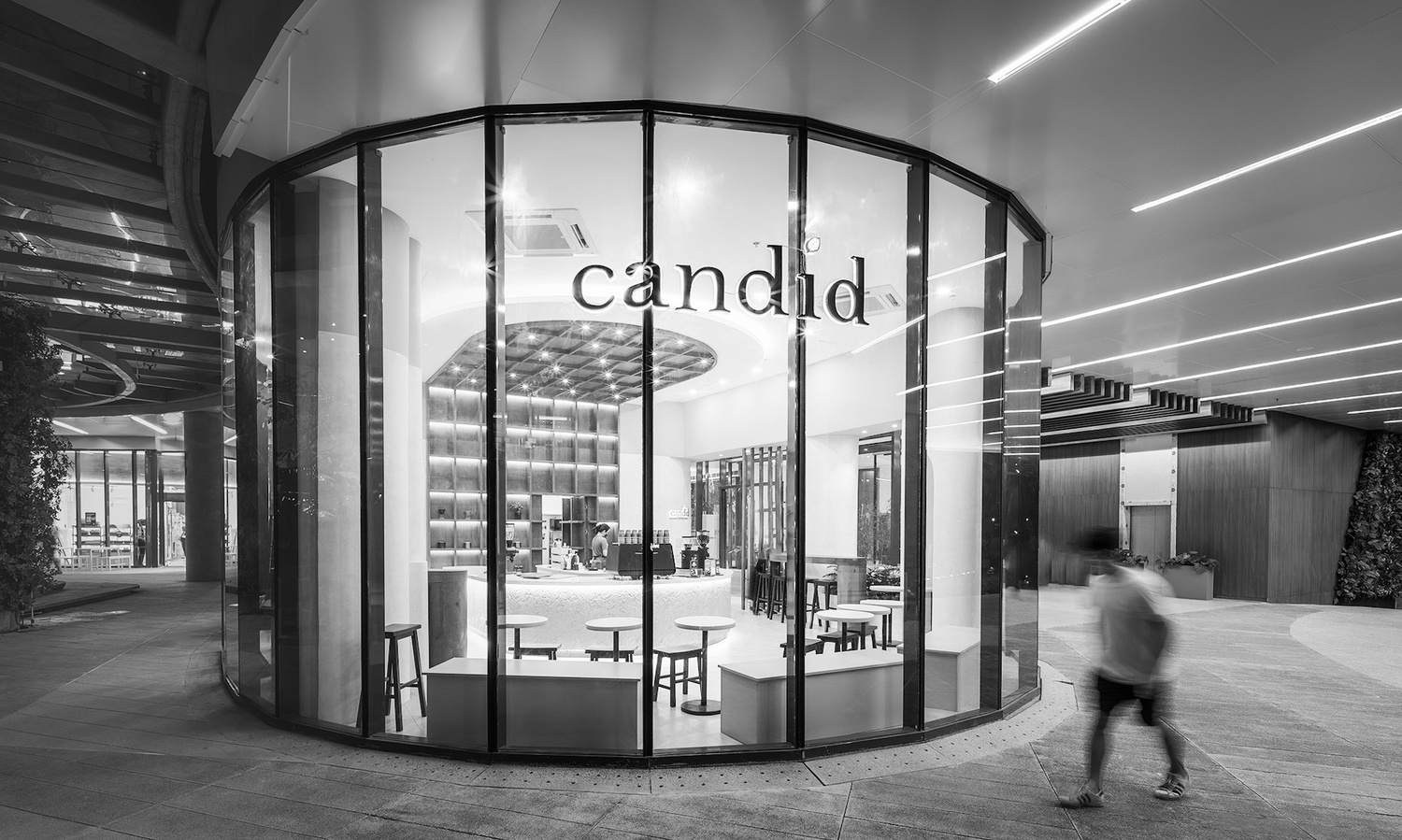Doing photography professionally does not only require you to be good at taking pictures. There are additional competencies that one must have to be able to provide what your clients need and one of the most important ones is communication.
Whenever you begin any communication with any potential photography client, ideally as early as the first time they inquire about your rates and availability, it is important to get to know as many details as possible about the project to determine how much work it will require and to properly give a quotation of costs tailored to their exact need. Some projects are as simple as stepping into a studio or traveling to an outdoor location, but some projects require a lot of planning, coordination, and meticulous execution. Whichever the project you are going to take on is, communication with the client is of utmost importance.
1. Purpose
Before anything else, it is important to know the overall purpose of the shoot. This can be as simple as why the client needs photos or why they need to have a photoshoot done. For portrait photographers, this might seem trivial when it is clear that they want photos of themselves for personal use, but it is a good way to build rapport with the clients if you ask whether it is for a special occasion, a work requirement, or simply them wanting to have more recent photos of themselves or their family to hang on their wall.

For anything commercial, whether you are shooting models for a marketing campaign, photographing products or food, or architecture and interiors, finding out the purpose of the project involves getting to know more about your subject in general, what the client envisions, and what they would want to see in the final output, as well as find out any background information and identify specific aspects to highlight.
At the end of the day, your goal is to come up with an idea that will put all of that information together, provide a creative solution to turn their ideas into images, and ultimately know what story you need to tell through your photographs.
2. Challenges
As a professional photographer, there will be projects wherein all you would have to do is point your camera, get the exposure and framing right, and press the button. On the other hand, there will be days when you come in not as a special person who presses an expensive button, but instead, you come in as the ultimate solution to your client’s problems. Much of professional photography is problem-solving through creativity, and the projects that require more of that are going to define who you are as a professional.

It is almost impossible to have a shoot without any challenges, especially if they are the kind worth getting paid for, but often, the most you can do as a problem-solver is be steps ahead of everything.
3. Rates and Inclusions
Once you have discussed clearly with the client exactly what they need from you and all the necessary steps that you will need to take to provide that, it is then time to crunch in the numbers. Putting a price to your work is something that should be done carefully depending on the effort you put in, your perceived quality of your work, and also the kind of clients that you want to attract and potentially work with. However, the general rule of thumb in informing your clients about the cost of the project is that your quotation should be as specific as possible when it comes to what the cost includes and what will require additional payment. For example, it is a given that they are paying you to shoot, whether your rates are based on the number of hours you put in or the number of layouts that you will be doing. However, if it is not thoroughly discussed, it would be left unclear if the cost already includes post-production and, if so, to what extent? At the same time, if post-production is included, how many revisions would you allow without charging extra? Not putting a limit on the number of revisions might unnecessarily prolong the exchange of information on the revisions that will eventually lead to wasted time and effort. Putting a limit to the number of revisions encourages clear and decisive communication between you and your client that will make the work more efficient.

Other aspects of the project that should be included would be anything that the client might have to shoulder. This could be transportation to a fairly distant location, accommodations for multi-day shoots, any additional equipment that you might have to rent due to a specific request they have, as well as any other extra step that you will have to take to solve problems that need solving. The point isn’t to charge for every single aspect of the project, but to communicate properly what they are paying for and consequently what they can expect from you as their photographer. Anything left unsaid might lead to assumptions and unmet expectations that might cause problems down the line.
4. Preparatory Steps
In order to make your creative process as smooth and delay-free as possible, it is very important to communicate with your client all the steps necessary to prepare for the shoot. Whether or not you are pressed with time, getting rid of all possible reasons to get delayed or even just distracted while shooting would be best. This means making sure that all necessary paperwork or permits should be prepared by the designated party way before the start of the shoot. This is especially true when shooting in private property, photographing private establishments, or using camera drones for aerial imaging. When shooting in public places, any need to momentarily clear the area for a shot should be properly planned and coordinated prior.
Preparing for the shoot also means planning all the logistics. Depending on how big the production is, there are instances wherein there are designated people to take care of such matters. In instances when there aren’t any, all of it will ultimately be your concern, since any mistakes may mess with your work. Matters on who and what should be on-location should be discussed so that there would be people take care of them in your stead if possible.

As an architectural photographer, the most important step for me is doing an ocular inspection of all areas that will be included in my shot. If possible, a visit to the location a few days prior would be the best practice, but if not, having detailed photos sent is a reasonable alternative. The goal is not just to plan out the shots and time of day to shoot, but also to point out areas that would have to be cleaned or even repaired prior to the shoot. Shooting outdoors means dealing with changing light environments, so any delays for cleaning should be avoided. This is especially true for instances wherein even post-production would not be able to provide a good fix.
5. Licensing
The term often seems overwhelming, but all these matters just answer the question: “what is the client allowed to do with the photos?” For shoots that are only for personal use, such as family portraits, there’s really not much to talk about when it comes to licensing. However, when there are many possible commercial uses for the images, it is important to discuss this aspect with your client. In the very first step, you should have already found out why the client needs the photos and this should give a good glimpse on how they intend to use them. To be more detailed, it is good to talk about whether the photos will be published online, printed, used on billboards, etc. The scope and limitations of use should be properly discussed. How the images will be used and for how long they will be used should be indicated if there will be any limitations. If there are none and you are transferring full rights of the images to the client, then it should be well documented and accounted for in your cost estimate.
Being a professional photographer can sometimes be as easy as simply calling yourself one, but displaying professionalism towards the people you work with is more crucial. A professional should always be thinking steps ahead in executing a plan and solving problems, all while maintaining clear communication and rapport. Most clients initially look at a photographer’s portfolio, but efficiency and work ethic have almost as much weight as the quality of your work when it comes to building a (potentially recurring) professional relationship with them. Once your client sees all of those in the professional that they hired, the value of your work will best be seen.







6. What is the BUDGET for the shoot/ ad/ campaign? Most clients know or have a very good idea of what they are willing to spend on a shoot. Knowing this number up front allows you to manage expectations on what you are willing and able to do.
7. Client's timeline. When do they need final? In two days or two weeks? Back in the days of film, if I had to rush film, the client paid for that service.